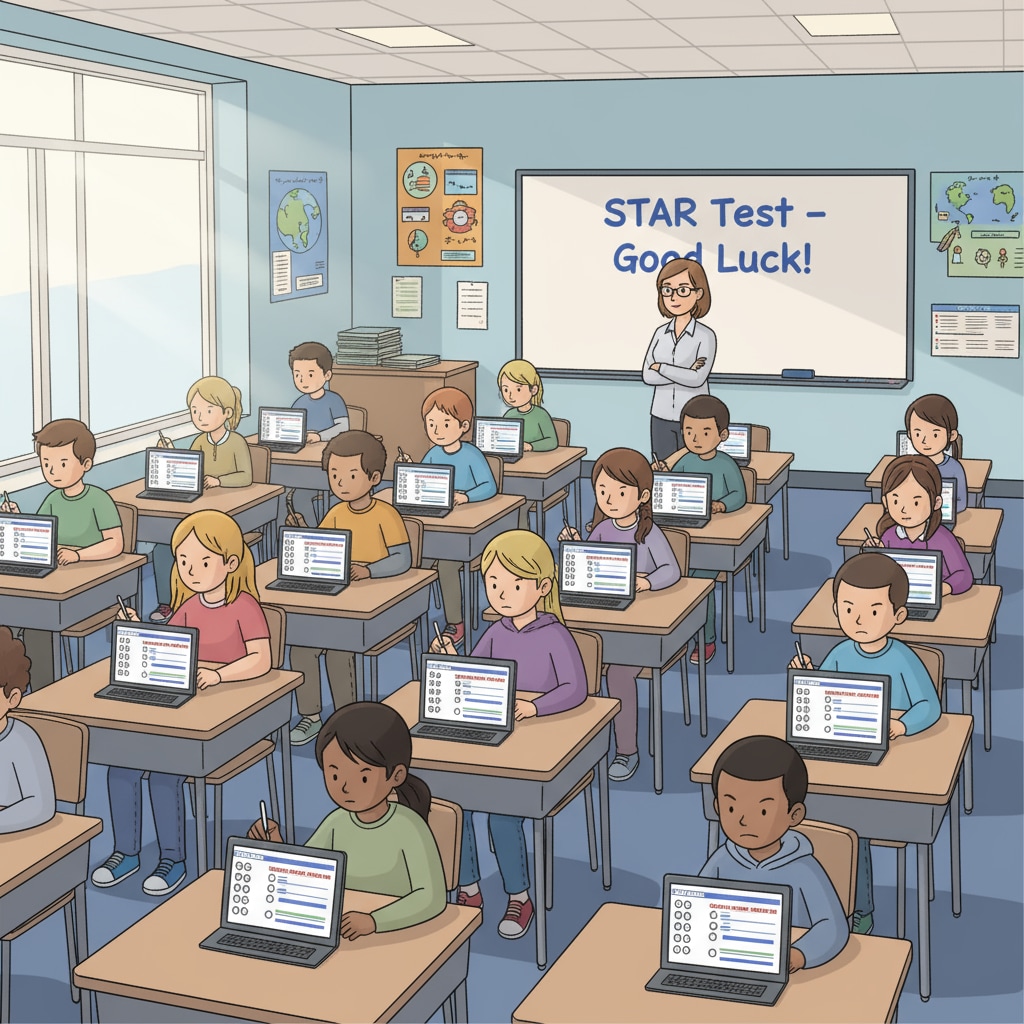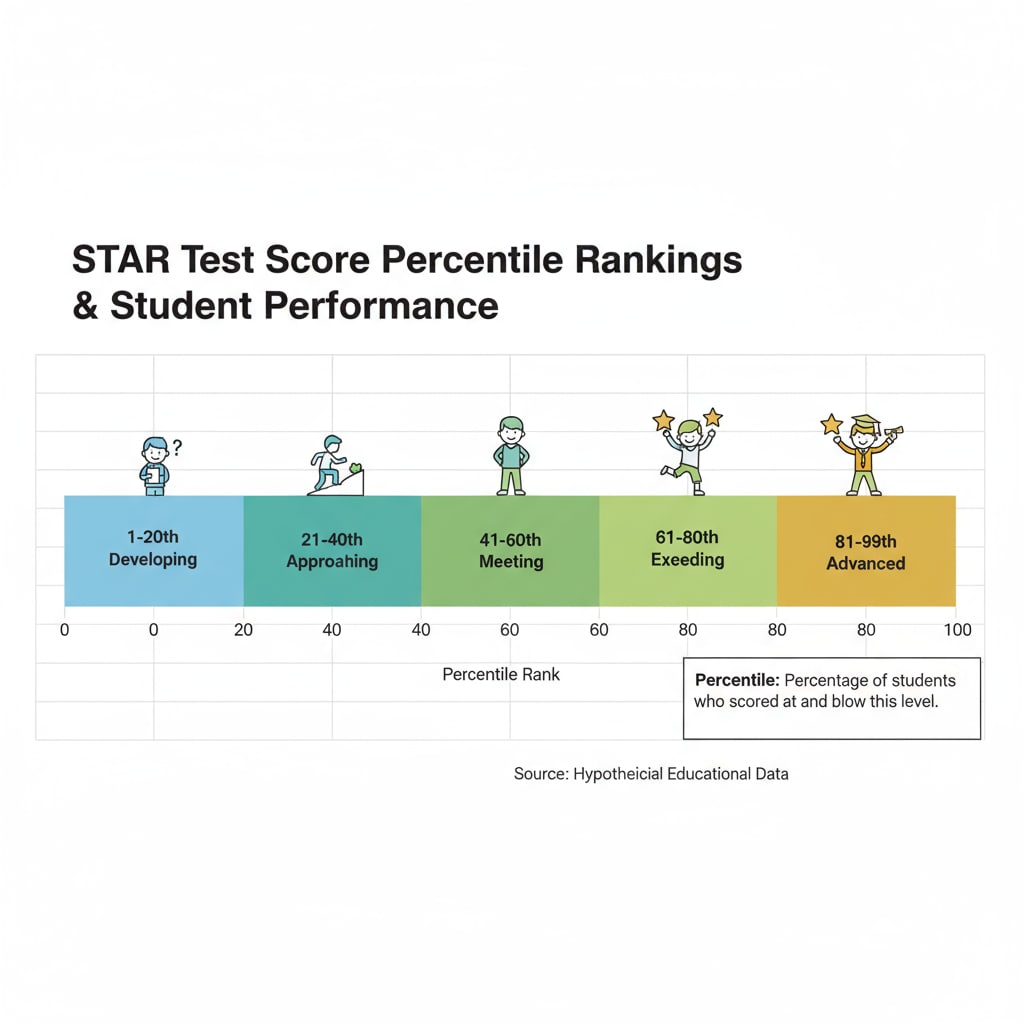STAR testing, percentile rankings, and academic assessments are crucial aspects of K12 education. As a widely used standardized assessment tool, the STAR test’s scores and percentile rankings often catch parents’ attention and raise questions. Let’s take a closer look at what these mean and how reliable they are.

The Basics of STAR Testing
STAR (Standardized Testing and Reporting) is a computer-adaptive assessment. This means the test adjusts the difficulty level of questions based on the student’s responses. For example, if a student answers a question correctly, the next question will be a bit more challenging. Renaissance Learning, the provider of STAR tests, aims to accurately measure a student’s academic skills in various subjects like reading, math, and language arts.
Deciphering Percentile Rankings
Percentile rankings are a key part of understanding STAR test results. A percentile rank indicates the percentage of students in a specific comparison group who scored at or below a particular student’s score. For instance, if a student is in the 75th percentile, it means they scored better than 75% of the students in the comparison group. However, it’s important to note that percentile rankings are relative and don’t necessarily reflect a student’s absolute knowledge or skills. NCES provides more insights into percentile rankings.

The Reliability of STAR Tests
STAR tests are designed to be reliable. They undergo rigorous development and validation processes. The computer-adaptive nature helps in getting a more accurate measure of a student’s abilities. However, no test is perfect. Factors such as test anxiety, a student’s familiarity with the testing format, and even the environment can impact the results. Therefore, while STAR tests can provide valuable information, they should not be the sole determinant of a student’s academic capabilities.
The True Value of STAR Tests in Academic Assessment
In academic assessment, STAR tests offer several benefits. They can help teachers identify students’ strengths and weaknesses, allowing for targeted instruction. For parents, these tests can provide a broad overview of their child’s academic progress compared to peers. Additionally, over time, trends in STAR test scores can show whether a student is improving or facing challenges. This information can be used to make informed decisions about educational strategies and support.
Readability guidance: We’ve used short paragraphs to present key points clearly. The lists help summarize important details. We’ve also controlled the use of passive语态 and long sentences, and added transition words like ‘however’, ‘for example’, and ‘additionally’ to enhance the flow of the article.


